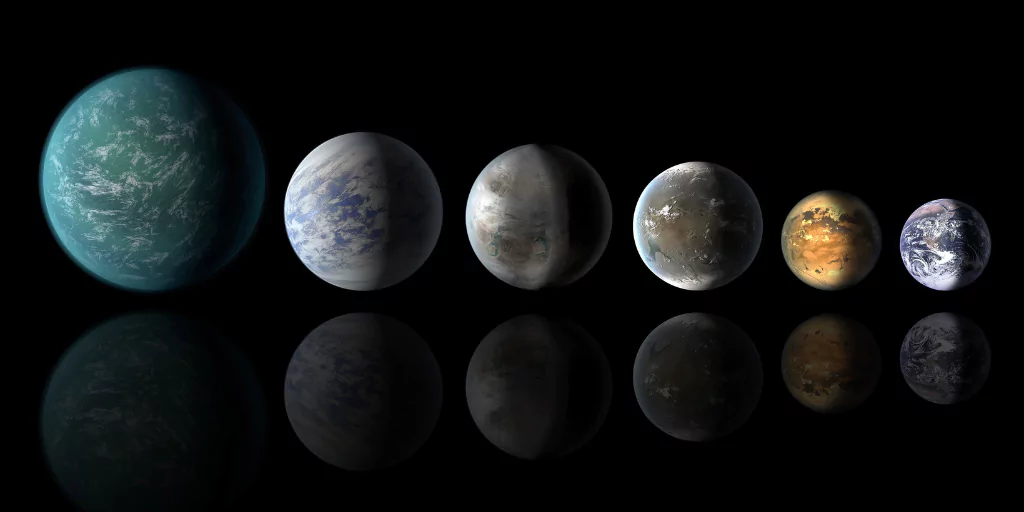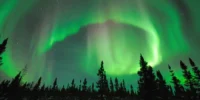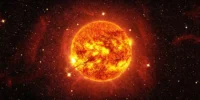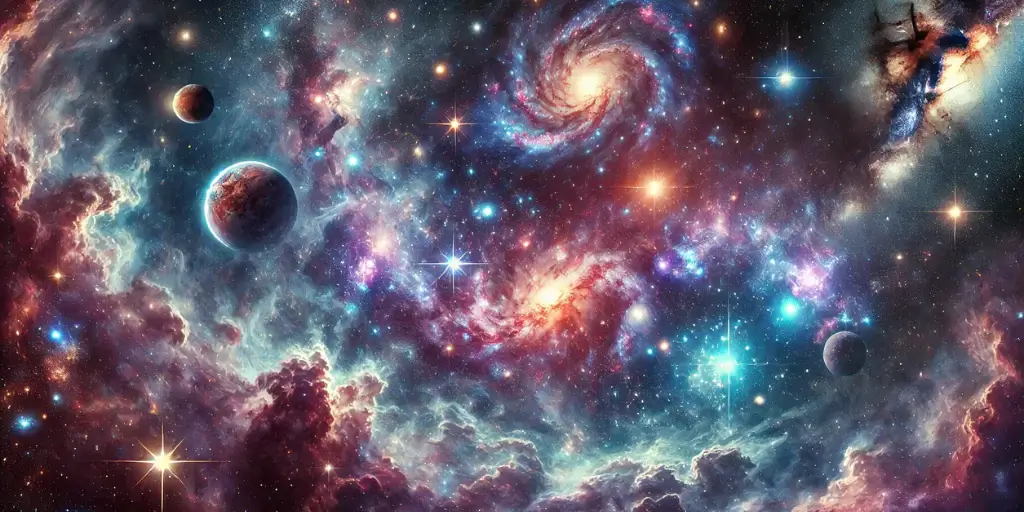Have you ever looked up at the stars and wondered how the world was formed? You’re not alone — it’s a question that has fascinated humanity for ages.
This guide breaks down the science of how the world was formed without overwhelming your brain. No complicated jargon or textbook-level explanations.
The Earth’s formation story reads like an epic cosmic thriller – starting about 4.6 billion years ago with swirling dust and gas that somehow became our home. Understanding how the world was formed gives you a whole new appreciation for the ground beneath your feet.
But here’s what’ll blow your mind: what scientists thought was “settled science” about Earth’s beginnings? It keeps changing.
1. The Big Bang: Origins of Our Universe
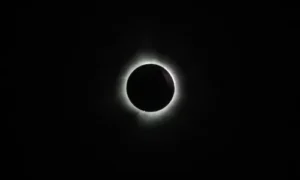
A. What Happened During the Big Bang
Ever wonder how everything started? The Big Bang wasn’t a bang. About 13.8 billion years ago, all matter, energy, space, and time erupted from a single point smaller than an atom. You wouldn’t recognise this early universe—it was an incredibly hot, dense soup of particles expanding faster than you can imagine.
B. The First Three Minutes After the Universe Began
Those first three minutes were wild! Just one second in, the universe cooled enough for protons and neutrons to form. By minute three, these particles fused into the first atomic nuclei. You can trace every star, planet, and even yourself back to these crucial moments when the universe was taking its baby steps.
2. Star Formation and Element Creation
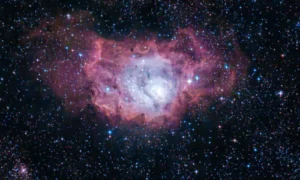
A. How Hydrogen and Helium Fueled the First Stars
You might wonder how stars were born. After the Big Bang, hydrogen and helium floated through space like cosmic dust. Gravity pulled these gases together, creating dense clouds that heated up. When the core reached about 10 million degrees, nuclear fusion kicked in, and boom – stars were born!
B. Supernovae: Spreading Elements Through Space
When massive stars run out of fuel, they explode in spectacular supernovae. These cosmic blasts scatter elements like carbon, oxygen, and iron across space. These elements become the building blocks for planets, moons, and eventually, you! Every atom in your body was once forged inside a star.
3. Our Solar System Takes Shape
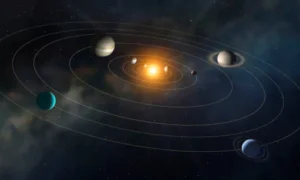
A. The Solar Nebula Theory Explained
Ever wonder how our solar system came to be? Picture a massive cloud of gas and dust floating in space. This cloud, called a solar nebula, started spinning faster and faster due to gravity. As it spun, it flattened into a disk shape – kinda like pizza dough when you toss it in the air.
B. How the Sun Formed at the Centre
The centre of this spinning disk got super hot and dense. You’d be amazed how gravity pulled more and more material toward the middle until – boom! – The pressure and temperature got so intense that nuclear fusion kicked in. That’s your sun being born! Meanwhile, the leftover materials in the outer disk started clumping together to form the planets.
4. Earth’s Formation and Early Development
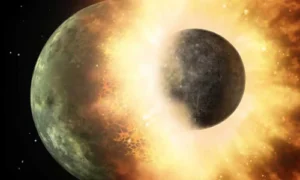
A. The Giant Impact Hypothesis: Birth of the Moon
Ever wondered how our moon came to be? Picture this: about 4.5 billion years ago, a Mars-sized object called Theia slammed into early Earth. This massive collision sent debris spiralling into orbit around our planet. That debris eventually clumped together, forming the moon you see in the night sky.
B. Early Earth’s Molten State and Core Formation
After that epic collision, you wouldn’t recognise Earth. Your planet was a hellish, molten ball of rock and metal. The heavier elements like iron and nickel sank toward the centre, creating Earth’s core. Meanwhile, lighter materials floated to the surface, eventually cooling to form the crust you’re standing on today.
5. From Barren Rock to Living Planet
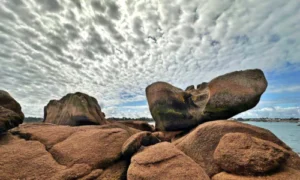
A. Cooling and Solidification of Earth’s Crust
Picture Earth about 4.5 billion years ago—you’d see a molten ball of rock and metal. As this fiery planet cooled, the outer layer hardened into a thin crust, much like how a cake forms a crust as it bakes. You can thank this cooling process for creating the solid ground beneath your feet today.
B. How Water Arrived on Earth
Ever wondered where all Earth’s water came from? Your planet wasn’t always blue. Most scientists believe water hitched a ride on icy comets and asteroids that bombarded early Earth. You’re drinking the same water molecules that travelled millions of miles through space to make our world habitable.
6. Measuring Earth’s Age and Evolution
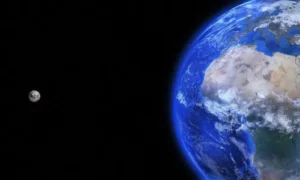
A. Reading Earth’s Story in Rock Layers
When you look at rock layers, you’re seeing Earth’s diary. Each layer tells a different chapter in our planet’s 4.5-billion-year story. You can spot these layers on canyon walls or road cuts—the older rocks sit at the bottom while younger ones stack on top, just like pages in a book.
B. Major Events in Earth’s Timeline Made Simple
Earth’s timeline is like your family photo album, packed with milestone moments. You’d barely recognise our planet 4 billion years ago—no oxygen, constant meteor showers, and oceans forming from scratch. Fast forward to 540 million years ago, and you’d see the explosion of complex life forms, followed by dinosaurs, mammals, and finally us—all newcomers in Earth’s long story.
Conclusion
The formation of our world wasn’t a sudden event — it was a slow, majestic process that unfolded over billions of years. From the explosive birth of the universe to the quiet emergence of life in Earth’s early oceans, every stage played a crucial role in shaping the planet we call home today.
Understanding how the world was formed helps us appreciate not only the beauty of nature but also our place in the vast timeline of the cosmos. We’re part of an ongoing story — one written in stardust, shaped by forces beyond imagination, and still unfolding with every passing moment.
As we look to the future, remembering our ancient origins can inspire us to care for this unique and fragile planet — the only home we’ve ever known.


